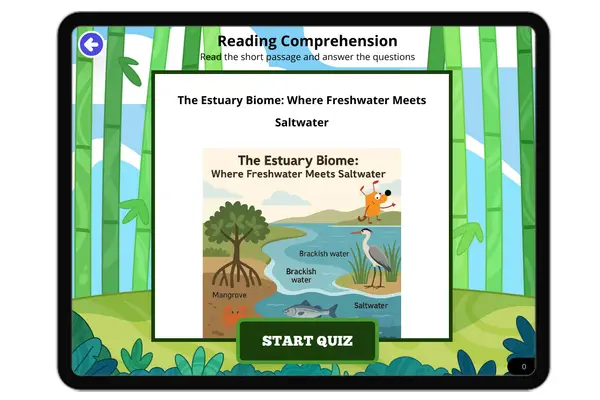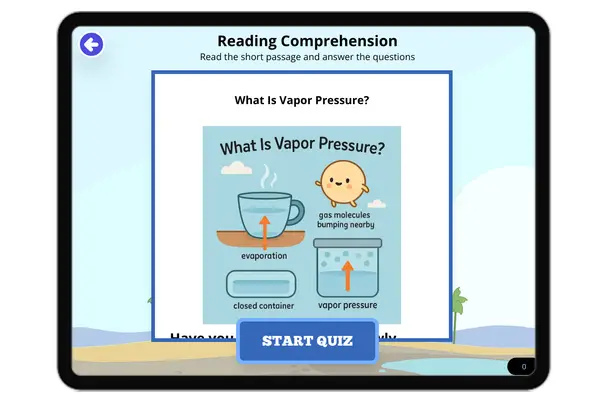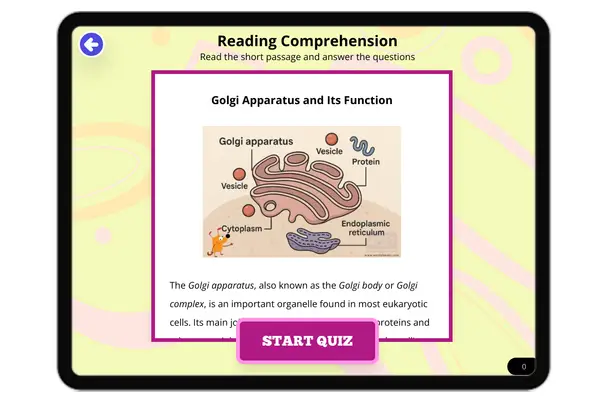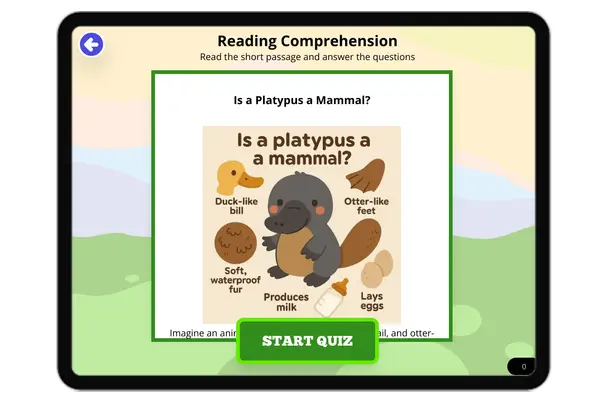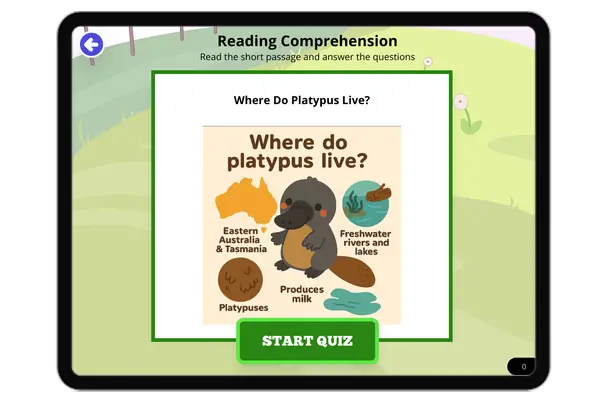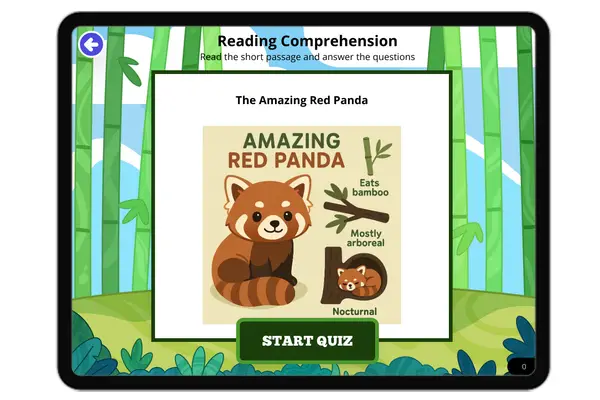Antonie van Leeuwenhoek and the Discovery of Animalcules — Reading Comprehension
Premium Resource
Grades
- 5
- 6
- 7
- 8
Standards
- MS-LS1-1
- MS-LS1-2
PRINT+DIGITAL RESOURCE
This learning resource is available in interactive and printable formats. The interactive worksheet can be played online and assigned to students. The Printable PDF version can be downloaded and printed for completion by hand.
About This Reader
This NGSS-aligned science passage explores the groundbreaking work of Antonie van Leeuwenhoek, a pioneer in microscopic discovery. Aimed at middle school students and supporting standard MS-LS1-1, the passage explains how van Leeuwenhoek used handmade microscopes to observe microorganisms, which he called 'animalcules.' These observations revealed a hidden world of life too small to be seen with the naked eye and helped pave the way for modern cell theory and microbiology. With real-life connections, such as the study of bacteria and protozoa, and a strong focus on key vocabulary and science literacy, this reading comprehension passage builds students’ understanding of cells and supports the Next Generation Science Standards in life science.
Perfect For:
👩🏫 Teachers
- • Reading comprehension practice
- • Auto-graded assessments
- • Literacy skill development
👨👩👧👦 Parents
- • Reading practice at home
- • Comprehension improvement
- • Educational reading time
🏠 Homeschoolers
- • Reading curriculum support
- • Independent reading practice
- • Progress monitoring
Reading Features:
📖
Reading Passage
Engaging fiction or nonfiction text
❓
Comprehension Quiz
Auto-graded questions
📊
Instant Feedback
Immediate results and scoring
📄
Printable Version
Download for offline reading
🔊
Read Aloud
Voice-over with word highlighting
















